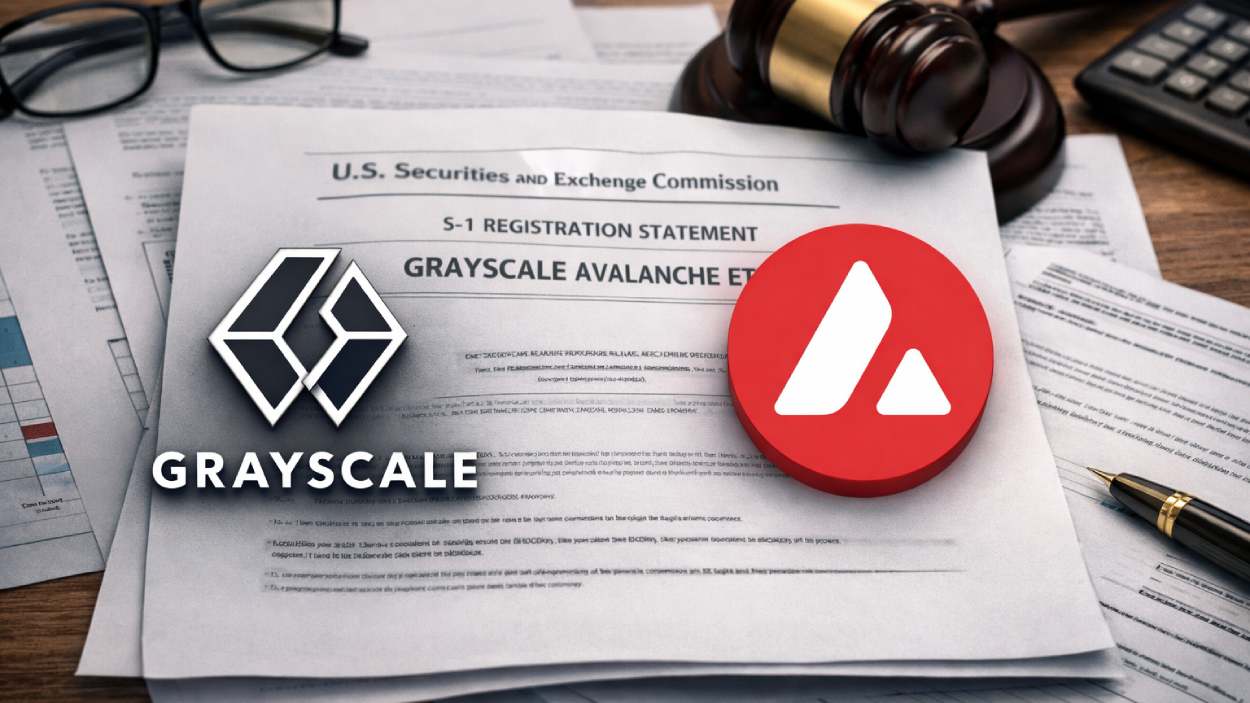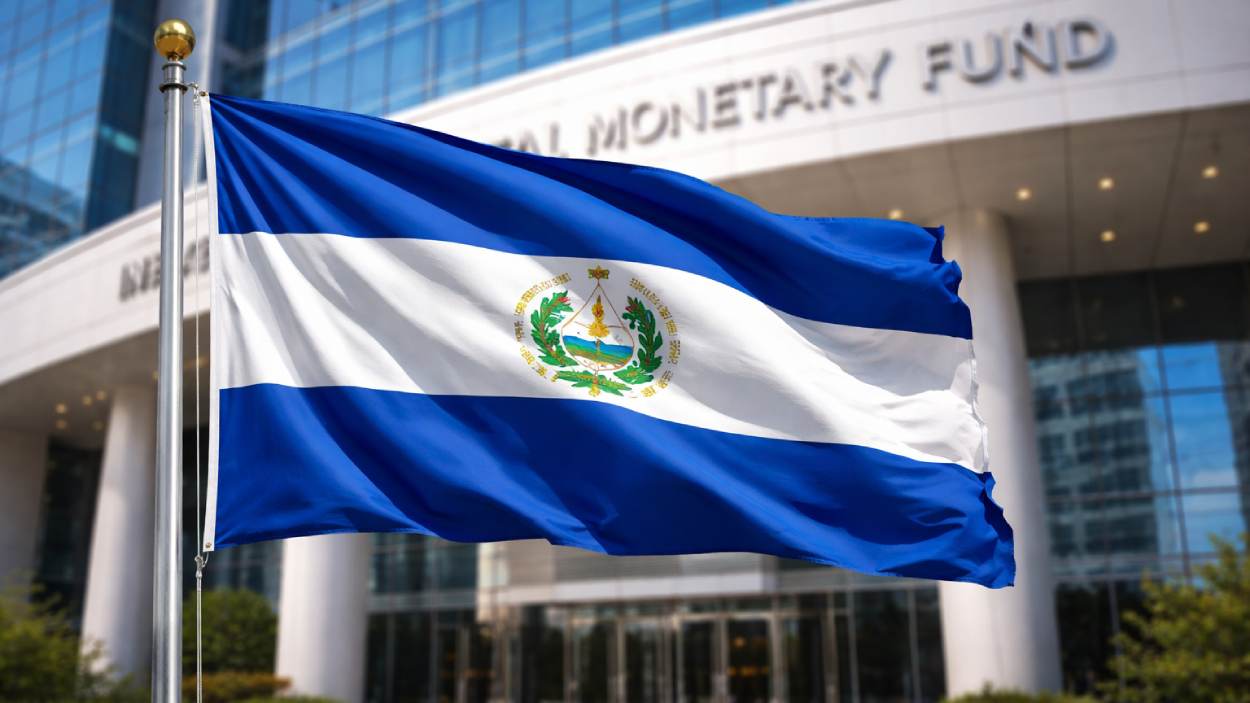Imagine walking into your favorite coffee shop, grabbing your latte, and leaving without opening your wallet. Instead, your fingerprint or facial scan seamlessly completes the transaction. This is no longer science fiction; it’s the growing reality of biometric payment authentication. As we move toward a cashless society, biometric technologies are revolutionizing how we pay, offering convenience, speed, and heightened security.
Editor’s Choice
- 83% of consumers worldwide perceive biometric payments as a safer alternative to traditional PINs or passwords in 2025.
- The global biometric payment market is projected to reach $46.38 billion in 2025.
- Approximately 57% of millennials in the US are already using or are open to using biometric payments for transactions.
- Over 2 billion biometric payment transactions are projected to occur globally in 2025.
- By 2025, around 70% of financial institutions in the US plan to integrate biometrics into their payment systems.
- The biometric payment adoption rate in Europe increased by 45%, led by countries like the UK and Germany.
- Facial recognition technology accounts for 62% of biometric payment methods in use worldwide.
Global Biometric Payment Market Growth
- The biometric payment market is projected to grow to $66.97 billion by 2029.
- The market will expand at a compound annual growth rate (CAGR) of 9.6%, highlighting steady and sustained growth.
- In 2025, the market is expected to reach $46.38 billion, reflecting the accelerating adoption of biometric technologies.
- The surge is driven by increased security demands, cashless transactions, and the rise of contactless payment systems.
- By 2029, the industry is forecast to add over $24 billion in new value compared to 2024, marking one of the fastest-growing segments in digital finance.

Adoption Rates and User Demographics
- ~64% of Gen Z consumers in the US embrace biometric authentication (face ID/fingerprint) in 2025.
- In 2025, the Asia-Pacific region leads adoption with ~60% of consumers using biometrics for transactions.
- The US saw a ~30% growth in biometric payment adoption from 2022 to 2023 and continued upward into 2025.
- Women aged 25-34 remain the fastest-growing demographic with a ~41% year-on-year uplift in 2025.
- In the Middle East by 2025, ~39% of retailers have rolled out biometric payment systems.
- Smartphone-enabled biometric payments dominate in urban centers at ~82% of transactions in 2025.
- 65% of respondents still cite convenience as their primary reason for adopting biometric payments in 2025.
Biometric Adoption Trends
- Facial recognition adoption grew by 50% globally in 2025 as it remains the most preferred biometric payment method.
- Behavioral biometrics, such as typing patterns and gesture recognition, are forecasted to see a 25% CAGR through 2026.
- In retail, voice-activated payments gained momentum with adoption increasing by ~30% in 2025.
- Multimodal biometrics combining fingerprint and facial recognition are becoming a key trend for enhanced transaction security in 2025.
- Wearable devices integrating biometric payment capabilities surged by ~41% in 2025, especially among younger consumers.
- By 2025, ~34% of cryptocurrency wallets will adopt biometric options (facial or fingerprint recognition) for security.
- AI-driven biometric fraud detection implementations rose by ~45% in 2025 across finance and payment systems.
Global Adoption of Biometric Authentication Methods
- 84% of global consumers have used at least one biometric authentication method, showing mainstream acceptance in 2025.
- Fingerprint biometrics lead globally with 70% user adoption, making them the most common security feature in devices and payment systems.
- Facial biometrics are used by 43% of consumers, driven by smartphone face recognition and contactless payment growth.
- Voice biometrics have reached 25% usage, supported by AI assistants and voice-enabled financial authentication.
- Iris biometrics remain specialized with 17% adoption, gaining traction in healthcare and high-security financial applications.

Challenges in Biometric Implementation
- 43% of consumers express distrust in sharing biometric data as of 2025.
- ~28% of small businesses cite high implementation costs as a barrier in 2025.
- False rejection rates (FRR) affect ~1 in 20 transactions globally in 2025.
- Regulatory uncertainty around biometric data storage and usage continues to hinder adoption in regions like the EU in 2025.
- Infrastructural limitations prevent ~35% of businesses in emerging markets from integrating biometric systems in 2025.
- Cybersecurity threats targeting biometric data rose by ~31% in 2025.
- ~25% of users remain unsure how biometric payments work in 2025.
Technological Innovations in Biometric Payments
- AI-driven adaptive authentication dynamically adjusts security based on user behavior and is now widely used in 2025.
- Blockchain integration ensures biometric data is stored in a tamper-resistant manner in 2025.
- Contactless biometric cards with embedded sensors are projected to be adopted by 28% of global businesses by 2025.
- Neural network algorithms have improved voice recognition payments to reach ~97% precision in 2025.
- Wearables with biometric payment capabilities saw adoption rise by 41% in 2025 among younger consumers.
- Cloud-based biometric authentication systems reduced processing times by ~20% in 2025, improving transaction efficiency.
- 3D facial mapping technologies are driving security-enhanced contactless biometric payments in 2025.
Biometric Payment Market Share
- Apple and Samsung command a combined 47% of the biometric payment platform share in 2025.
- ~42% of global retailers use biometric payment systems in 2025, with strong uptake among mid-sized firms.
- Banking and financial services hold ~33% of the biometric payment market in 2025, driven by security demand.
- Market share for cryptocurrency biometric wallets expands by ~19% in 2025, signaling growth in digital currencies.
- Healthcare biometric payments now capture ~9% market share in 2025 as billing systems adopt biometric options.

Biometric Security Technologies
- Encryption-based biometric storage is used by 68% of financial institutions in 2025 to comply with data protection laws.
- Anti-spoofing measures in facial recognition systems increased by 37% in 2025, preventing fraud via photos or masks.
- Iris recognition employs live detection algorithms that make it nearly 99.8% immune to spoofing in 2025.
- Multimodal biometric systems combining facial and fingerprint recognition provide 96% higher security than single-mode systems in 2025.
- Cloud-based biometric solutions are adopted by 40% of enterprises globally in 2025 for secure cross-platform authentication.
- Advances in ultrasonic fingerprint sensors improve detection accuracy in 2025, even with wet or dirty fingers.
- Behavioral analytics combined with biometrics will stop fraud attempts within 5 milliseconds in 2025, offering real-time protection.
Market Dynamics and Trends
- In 2025, North America and Europe still jointly represent ~53% of the global biometric payment market.
- Digital wallets with biometric capabilities dominate ~72% of mobile transactions in 2025.
- Emerging markets in the Asia-Pacific are seeing the fastest growth with a projected CAGR of ~24% through 2026.
- Investment in biometric technologies exceeded ~$2.3 billion in 2025, reflecting a ~15% year-on-year increase.
- E-commerce platforms account for ~35% of biometric payment transactions in 2025.
- Contactless biometric payments are projected to account for ~50% of all global transactions in 2025.
Geographical Analysis
- 35% of global biometric payment revenues in 2025 originate from North America.
- Asia-Pacific contributes ~30% of biometric transactions in 2025, led by China and India.
- ~25% of Europe’s population adopted biometric payments in 2025, with stronger uptake in Germany, France, and the UK.
- African markets generate ~7% of global biometric payment revenue in 2025, with South Africa emerging as a regional leader.

- Latin America saw a ~33% growth in biometric payment adoption in 2025, driven by Brazil and Mexico.
- The Middle East achieved ~40% growth in biometric payment implementations in 2025, led by the UAE and GCC countries.
- In Japan, ~56% of urban centers adopted biometric kiosks for payments in 2025.
Biometric Payment Market Companies
- Apple, Samsung, and Google dominate, accounting for a combined ~60% of global biometric payments revenue in 2025.
- Emerging firms like Zwipe and IDEMIA are gaining traction with cutting-edge multimodal biometric solutions in 2025.
- PayPal’s integration of fingerprint and facial recognition boosted its market presence by ~18% through 2025.
- BioCatch, a leader in behavioral biometrics, secured ~$50 million in funding in 2025 for fraud detection in payments.
- Mastercard and Visa teamed with fintechs to roll out biometric card solutions across ~17 countries by 2025.
- Amazon’s palm-reading payment platform, Amazon One, expanded into ~12 new U.S. cities by 2025.
- Fintechs focused on voice recognition payments grew by ~22% year-on-year through 2025, driven by accessibility.
Recent Developments
- Amazon expanded its palm biometric payment systems into the healthcare sector in 2025, driving ~30% more user registrations.
- Mastercard launched its Biometric Checkout Program in 2025, enabling fingerprint and facial recognition at POS terminals globally, boosting adoption by ~18%.
- Visa partnered with NEC Corporation in 2025 to deploy iris-based payment systems in Japan, growing the local biometric market by ~20%.
- Behavioral biometrics platforms achieved a ~15% reduction in false positives in 2025, streamlining security and user experience.
- Fitbit and Garmin, in 2025, rolled out new wearables integrating biometric payments, increasing adoption by ~41%.
- Startups developing low-cost biometric payment solutions raised ~$500 million in 2025, fueling innovation and competition.
- Major banks began using voice biometrics in 2025, raising customer satisfaction by ~25% through seamless phone banking.
Frequently Asked Questions (FAQs)
Over $3 trillion in mobile payment transactions are authenticated by biometrics in 2025.
~9.4% CAGR is expected for the biometric payment market, reaching $66.74 billion by 2029.
Between ~1.27 million** and 43 million units worldwide by 2029, depending on adoption scenarios.
JPMorgan plans a H2 2025 rollout of biometric payment terminals in the US for QSRs, venues, and grocery stores, in partnership with PopID.
A US class-action settlement gives plaintiffs a potential 23% equity stake in Clearview AI worth up to $51.75 million, or 17% of revenue by 2027.
Conclusion
Biometric payment authentication is no longer a futuristic concept but a practical solution reshaping how we transact globally. The rapid adoption, driven by convenience and security, highlights its transformative potential across sectors. As advancements in technology address current challenges, biometric payments are set to become a cornerstone of the global financial ecosystem, fostering trust and efficiency. The future is truly at your fingertips, or your face!
Hover or focus to see the definition of the term.


























































